The key to appreciating
a work of art lies inlooking closely.
The Close Looking Project:
Taking close looking as an accessible approach to exploring
the history of art, we aim to promote an appreciation and
understanding of our shared visual culture across the globe.
Why art history?
Art created decades—centuries—millennia ago can make modern people see differently. Studying art allows us a direct window into the past, a hypothetical window into the future, or an alternative view of our present: it teaches us history and opens our eyes to the sheer diversity of cultural expression, revealing to us the force and dynamic potential of human creativity. Applying the same techniques of informed observation and critical analysis to modern imagery likewise allows us to better understand and navigate today’s image-saturated world.
Fundamentally, art history endows us with an understanding of how people once perceived themselves, connecting us with their values and experiences, inviting us to meet their gaze (just as Vermeer’s 17th-century girl meets ours)—offering us an escape into a world of our choosing. By looking at great works of art we can find our own meaning in them and in art history. The Close Looking Project aims to guide people toward that meaning—to empower them to discover it by looking critically and closely.
Featured image: Johannes Vermeer, Girl with a Pearl Earring, ca. 1665. Mauritshuis, The Hague
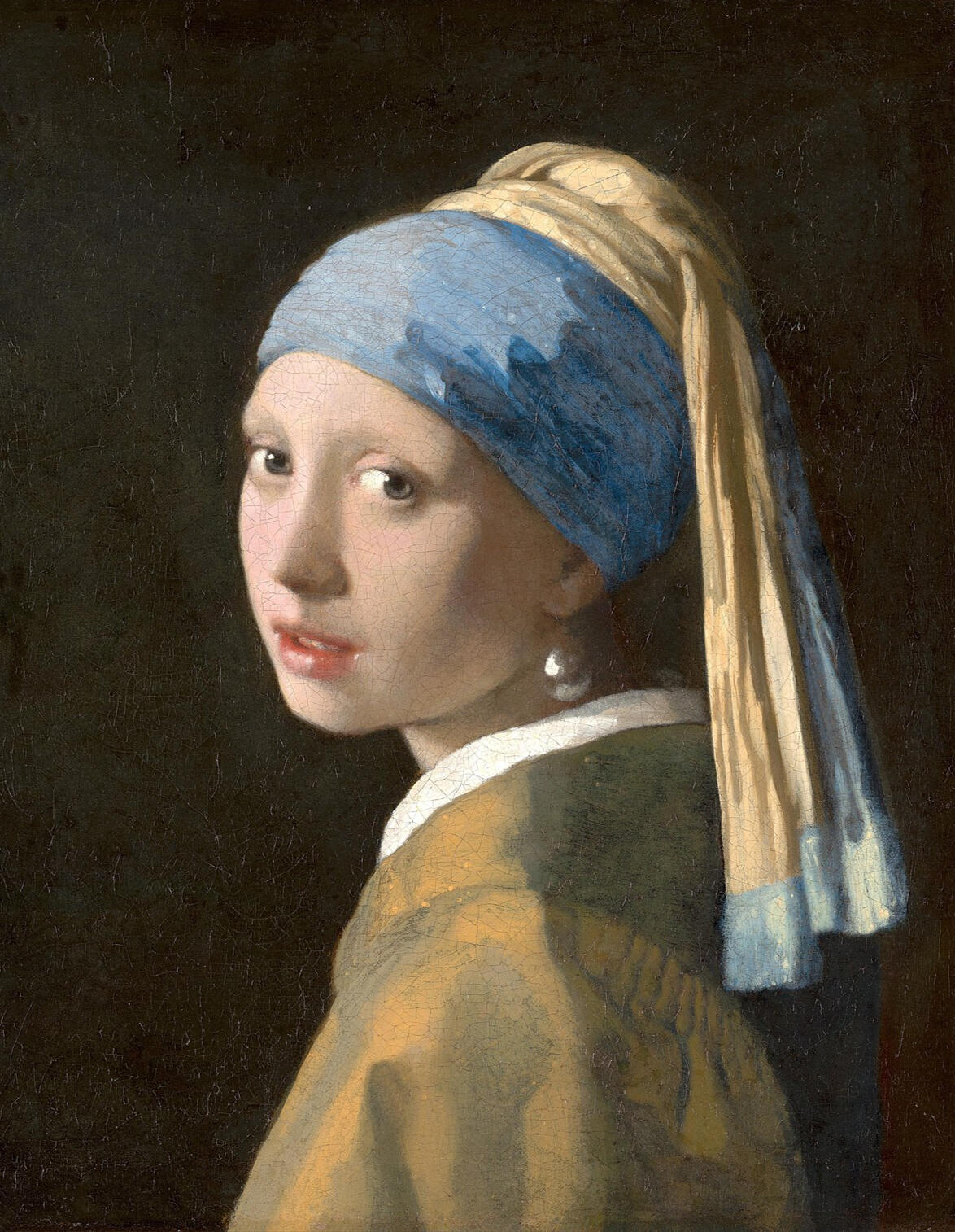
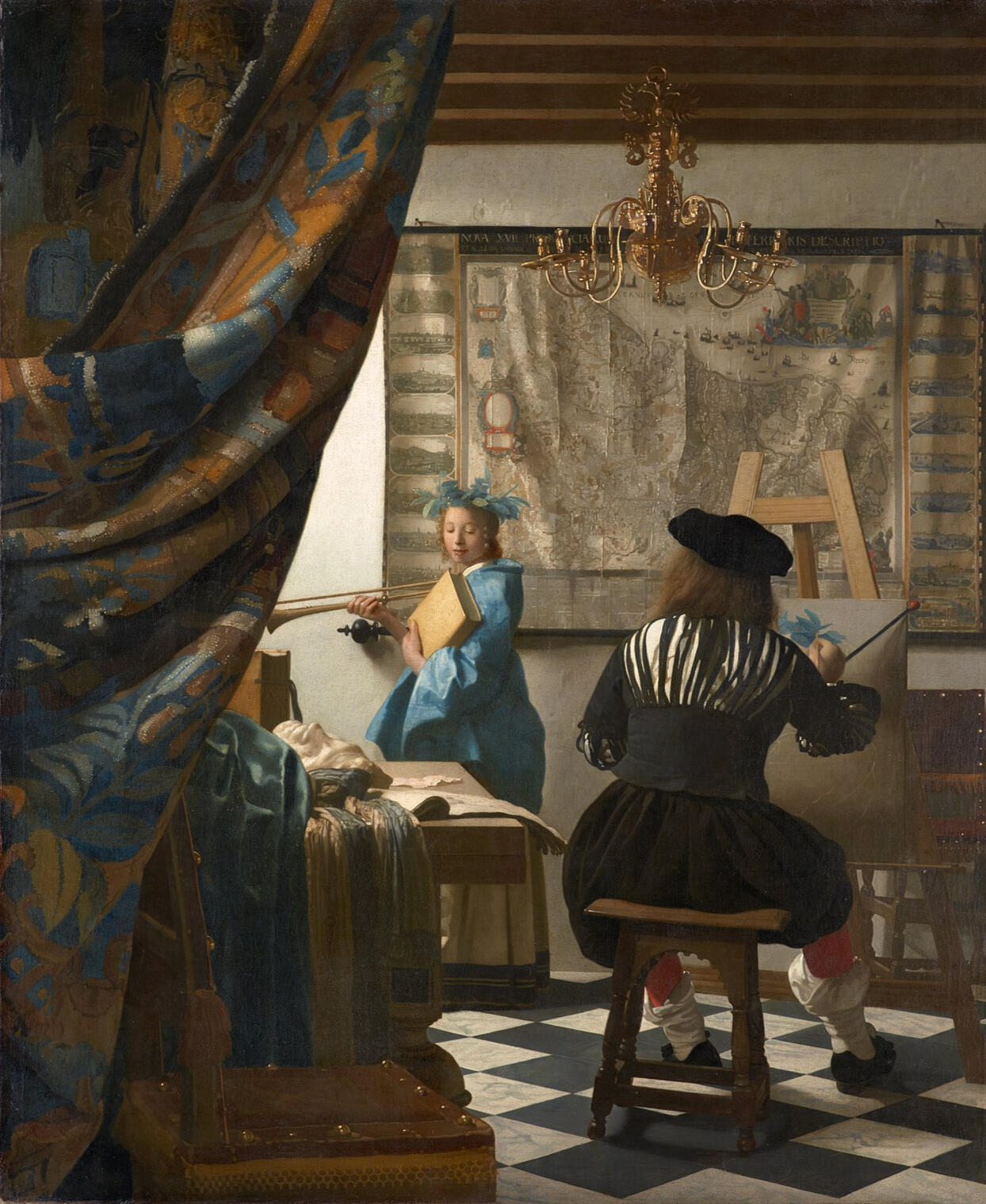
Every work of art is a story and every artist a storyteller. By translating the ineffable and intangible into our common visual language, and by transmogrifying what seems prosaic or unexceptional into poetic investigations of line and form, artists like Vermeer (see image) present the world in literally a new light for our scrutiny and appreciation. Art history weaves these stories together to reveal a coherent narrative of human nature and society.
Featured image: Johannes Vermeer, The Art of Painting (detail), ca. 1666-68. Kunsthistorisches Museum, Vienna
Learn more about close looking
The Close Looking Project’s initiatives for art history education are led and organized by young adults, whose modern perspectives put them in a unique position to engage others—especially other young people—with the arts.
Featured image: Adriaen van Stalbemt, The Sciences and the Arts (detail), ca. 1650. Prado, Madrid
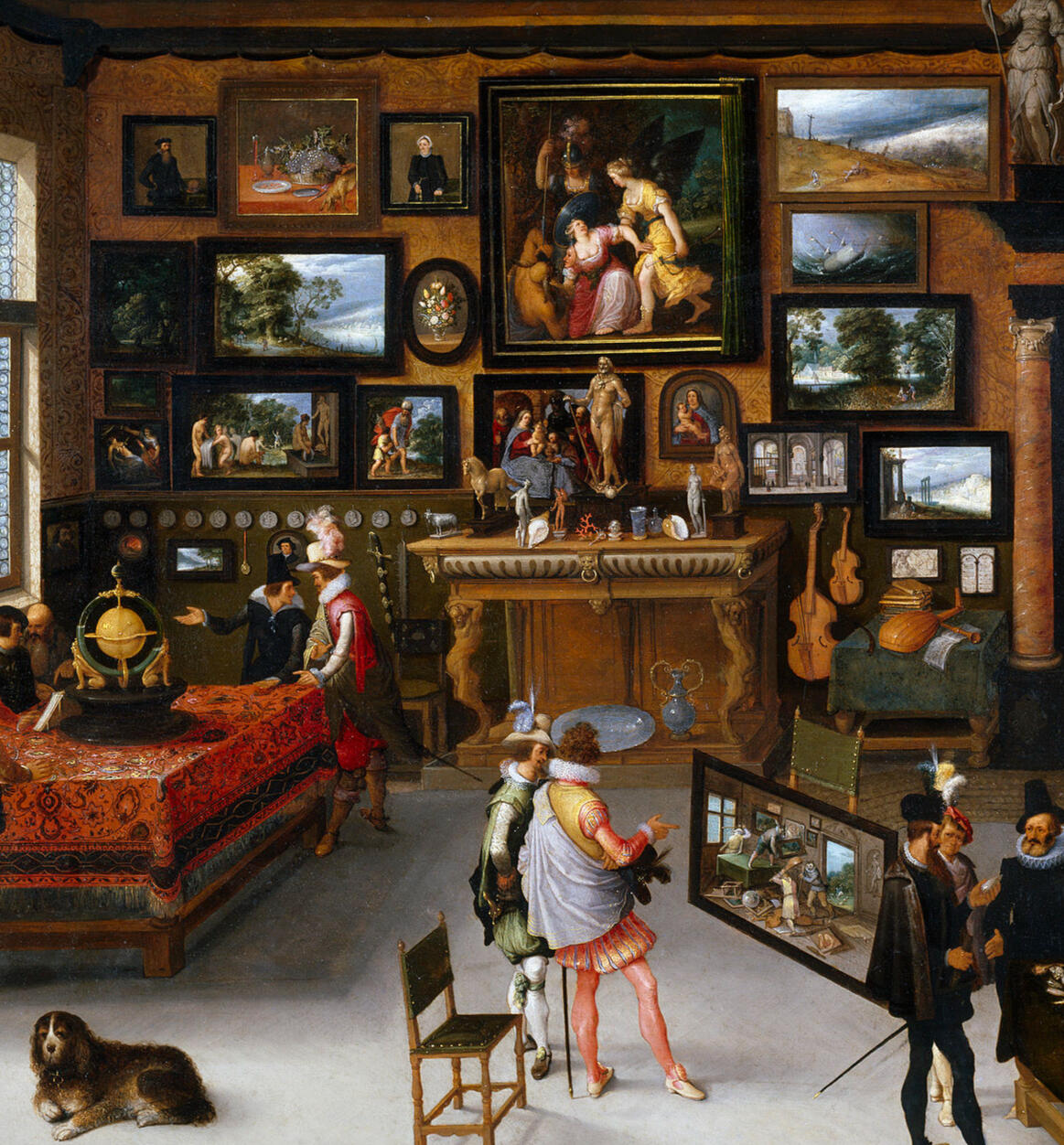
LIVE WORKSHOPS
Close Looking
in the Community
We hold public talks focusing on one art-historical narrative at a time, designed to introduce an audience of all ages and backgrounds to art history through close looking. Our venues are typically local libraries, where talks are branded as “Art History at the Library.”
Special thanks to the North University Community Library (near La Jolla, CA), for their early sponsorship.
Featured image: an “Art History at the Library” event in July, 2023Image on banner at top: Raphael, Sistine Madonna, ca. 1513–14. Gemäldegalerie Alte Meister, Dresden

LIVE WORKSHOPS
CLOSE LOOKING
IN THE CLASSROOM
Connecting our youth to great art from the past can teach them both social science and visual literacy. We aim to bring art appreciation and art history into more elementary, middle, and high school classrooms with relatable presentations that develop students’ abilities to contextualize, critically analyze, and interpret historical objects.
Sessions are free of charge.In-person presentations are available in the San Diego, CA, area; virtual presentations available for elsewhere.
Bring a close looking presentation into your classroom:
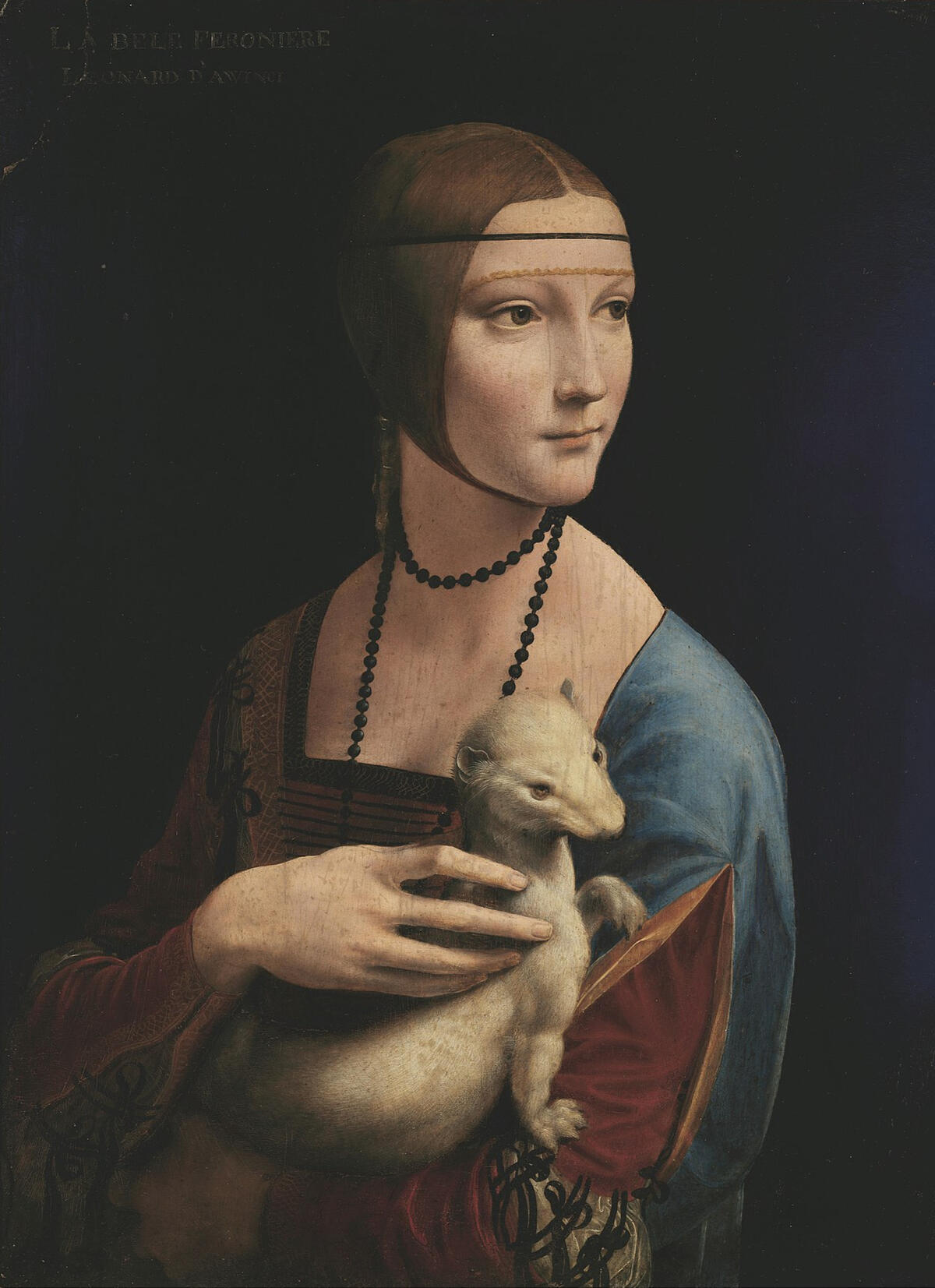
IN THE SPOTLIGHT:
VIRTUAL CLOSE LOOKING
YouTube Series: Narrative Art History
Watch “Narrative Art History,” a documentary-style YouTube series produced by Weili Jin as a special initiative of The Close Looking Project. Season I tells the story of 16th-century European art from Leonardo to Caravaggio in seven episodes and a prologue. Season II is in production, to be released in late 2023–early 2024.
SEASON I: IN NUMBERS
475+ minutes of video content
7 major storylines
featuring 150+ artworksSince release in January 2023:
100,000+ views
20,000+ watch hours
across 50+ countries
1 goal: art history education through close looking
Featured image: Leonardo da Vinci, Lady with an Ermine, 1489–91. Czartoryski Museum, Kraków
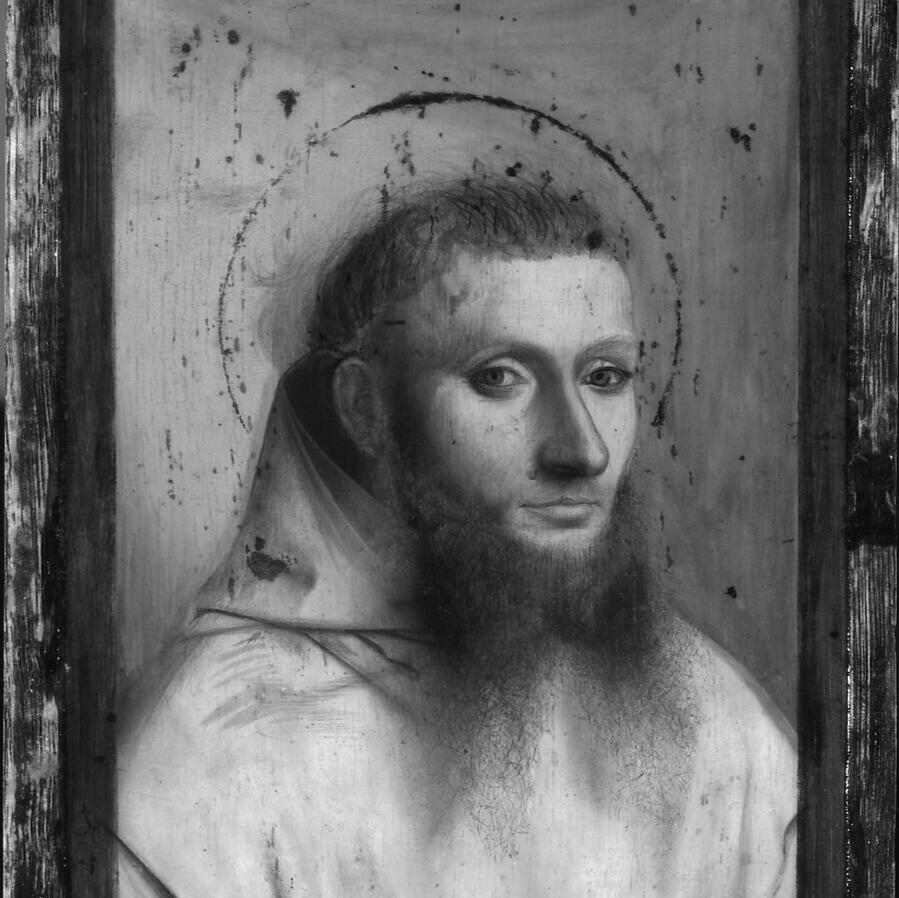
BRIDGING SCIENCE &
ART HISTORY
Art history is inherently an interdisciplinary field. We make an effort to highlight the intersections of scientific research and art-historical scholarship by exploring objects conservation and technical studies in our talks.
Featured image: infrared reflectogram of Petrus Christus, Portrait of a Carthusian, 1446. The Metropolitan Museum of Art, New York
ABOUT
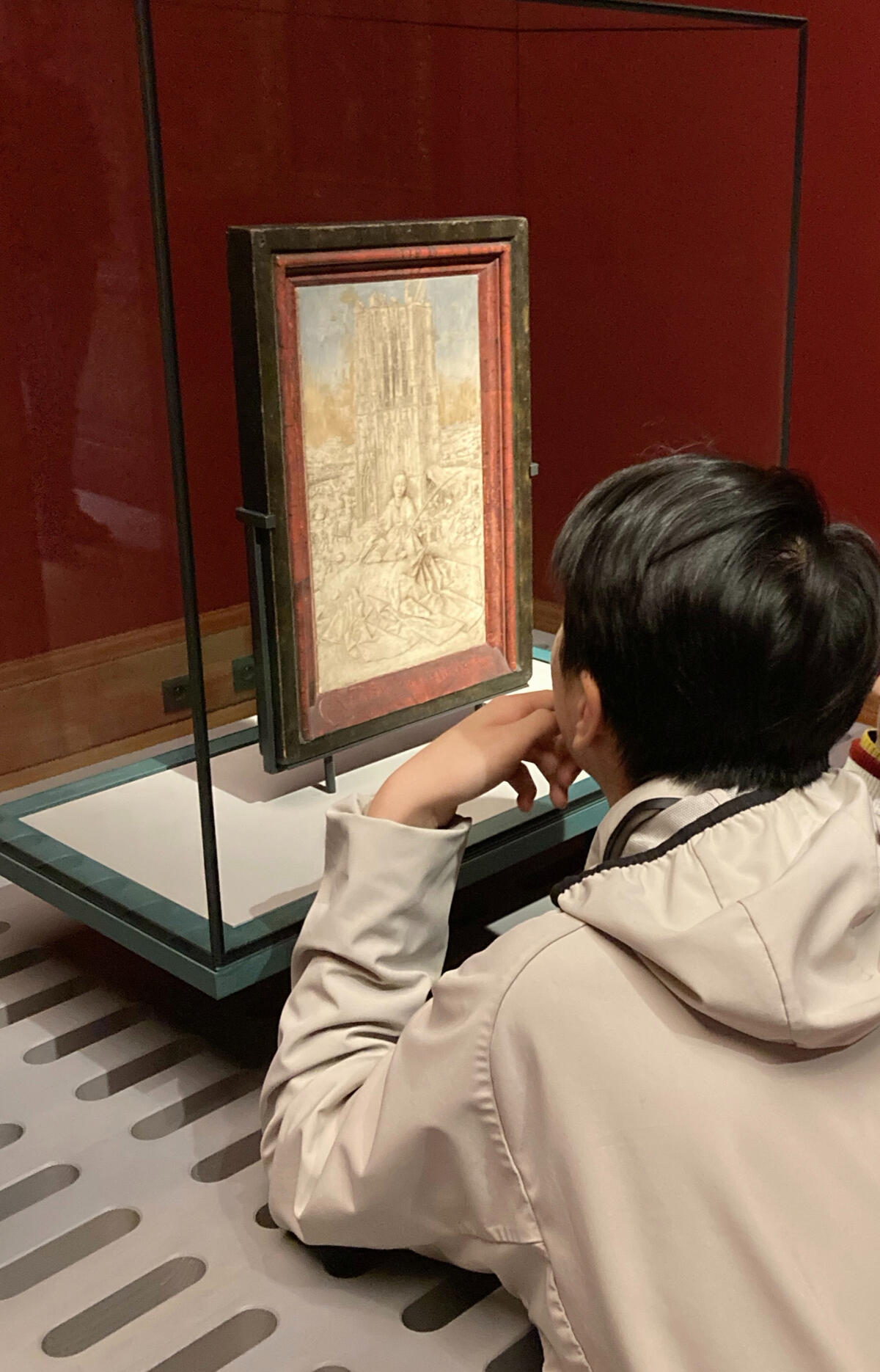
WEILI JIN
Founder and Director
Weili Jin has been passionate about the history of art ever since seeing Van Eyck and Botticelli in the third grade. Ten years later, he continues to specialize in the paintings of Renaissance Florence, particularly the patronage of the Medici. He has additional interests in Mannerist portraiture, Dutch Golden Age painting, and the artistic exchange between Florence and Flanders during the Renaissance. Most recently, he has worked to develop as a Close Looking Project initiative the YouTube lecture series “Narrative Art History,” which presents Renaissance art in context as a continuous chronological narrative.—Close Looking in the News:
www.delmartimes.net/lifestyle/story/2023-10-23/teenage-art-history-expert-encourages-a-closer-look-at-art
Featured image: Weili with Jan van Eyck’s St. Barbara (1437) at the Koninklijk Museum voor Schone Kunsten Antwerpen, 2023Image on banner at top: Rachel Ruysch, Vase with Flowers (detail), 1700. Mauritshuis, The Hague